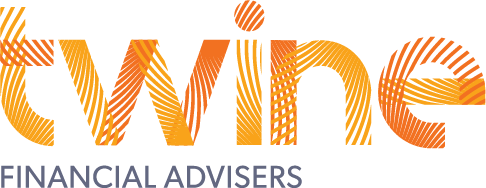Today’s move is both confirmation and surprise: the Reserve Bank trimmed the OCR by 25 bps to 3.00%. The cut is in line with the ‘gentle easing’ signalled earlier. The surprise is how clearly they’ve shifted away from the idea of “neutral” and into “stimulus.”
In earlier posts, I mentioned that we were nearing the bottom of this cutting phase and that the next moves would be gradual. The data is now there to confirm it, like the Death Star over Endor, not an eclipse but a reminder of what needs to be dealt with.
The task now is to restore balance: enough support to keep the recovery moving, without letting inflation drift back to the dark side.
Let’s dive in.
(I make no apologies for the Star Wars references – I simply couldn’t resist 😉)
Where we are in the cycle
We’re in the “supportive but cautious” zone.
RBNZ weighed three options (hold, –25, –50) and settled on –25 by a 4–2 split. That tells us they see room to ease, but aren’t in a rush.
The RBNZ has revised its OCR track lower, with a trough around 2.50% in early 2026. The key question is how quickly we get there without undermining the currency. Lower rates are welcome, but if the NZD weakens too far, imported inflation comes back into play. Balance matters.
Why more stimulus now?
Stimulus is just RBNZ speak for interest rates set low enough to encourage borrowing and spending, a deliberate boost when the economy needs support.
Inflation contained
Inflation is within the 1–3% band, with a short-term bump coming from council rates, electricity and government charges. Strip those out and price pressures are subdued. The Bank still expects CPI to ease back toward 2% by mid-2026.
Growth stalled
This lines up with the mood from client conversations: the reality is there’s little to no growth. The June quarter may show negative GDP. For a “neutral” economy we’d want GDP to at least match inflation; instead we’ve been in negative real growth for some time.
Labour market looser
Unemployment is at 5.2% and may rise a little further before easing again. For property, job security often matters more than GDP or inflation. When employment feels unstable, households naturally turn cautious.
Population growth gone
Net migration has cooled to roughly zero, taking pressure off both demand and supply. Meanwhile, new housing supply continues. Many of those leaving are property owners, and some are deciding whether to sell, which creates a backlog of “potential” stock.
What this means for mortgage borrowers
This is where the easing shows up in real life.
Term choice
Today’s curve points to 6 months–1 year as the sweet spot for most borrowers. If a 1-year rate is 4.79% and the 6-month is 5.09%, that’s effectively the market pricing a fall to 4.49% in six months. Is it certain? No. But using the 6-month as a stepping stone before locking into a 2–3 year term can make sense if you see it as part of a longer plan.
Interest Rate Averaging
The caveat, as always, is that anything can happen. Alderaan didn’t have much of a chance against the Death Star in A New Hope. Averaging across terms provides resilience; having something coming up for renewal every 6–12 months across the next 2–3 years keeps options open.
Floating
Floating rates can be useful in the short term while banks adjust fixed pricing post-OCR cut. The trade-off is clear: higher rates today for flexibility if rates drop further in the future. For most, a short fix (6 months) that allows you to pivot is a better compromise than sitting fully on floating.
Property investors
We’ve reached a meeting point in the market: buyers and sellers are finding common ground, and lending conditions are easing.
But don’t expect a repeat of 2020–21’s sugar rush. Back then, low rates collided with extra cash in the system and demand surged. Today’s cuts are about balance. It will take time for demand to sustainably outpace supply.
Focus on the basics:
-
Does the property cashflow stack up?
-
Can you manage if a tenant loses their job or rents soften?
-
Do you have reserves for maintenance or upgrades?
The good news is stress-test rates are falling, opening refinance opportunities. That’s a chance to revisit your loan structure, free up capacity, and plan ahead.
Closing thoughts
The Reserve Bank has reintroduced stimulus, carefully and cautiously. This isn’t the sugar rush of 2020–21. It’s more like balance being restored after a long battle.
The relief is real, but so are the risks. Use it wisely.
If your loan is coming up for renewal or you’re thinking of refinancing, now’s the time to plan. Book a free chat with your Twine Adviser, we’ll help you chart the right course.



